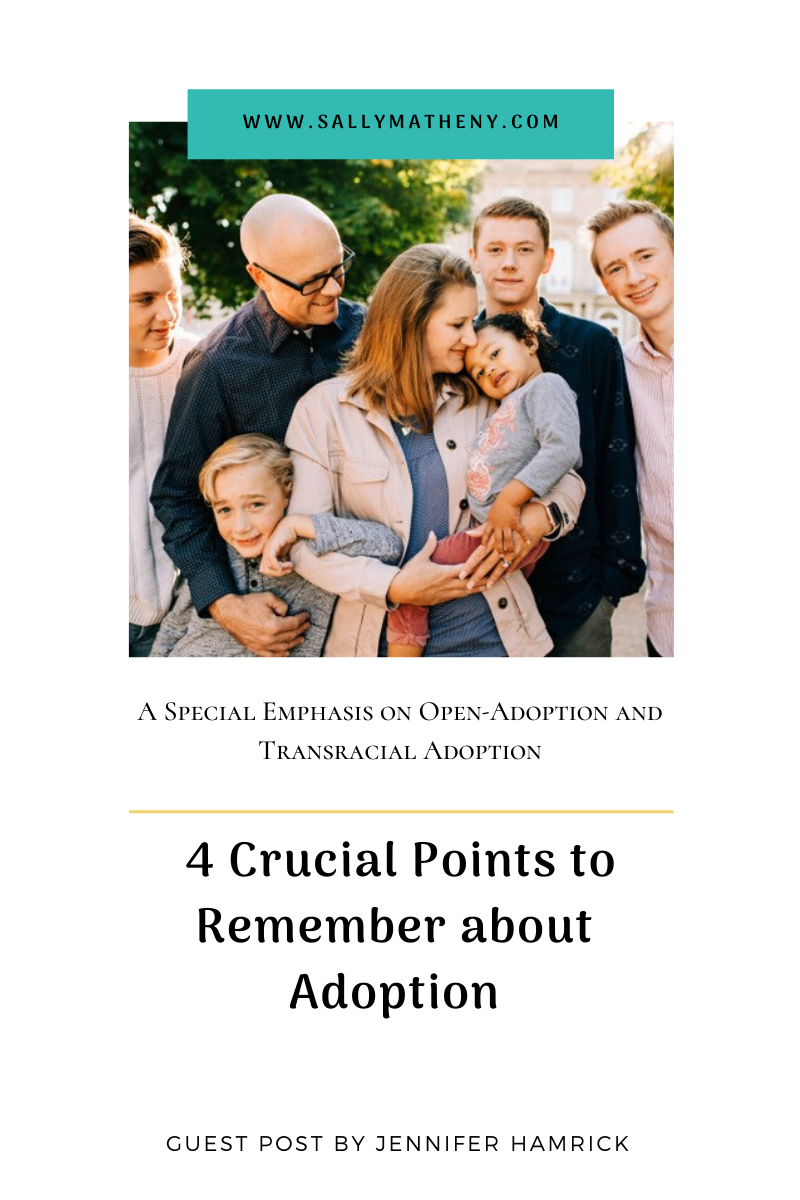
4 Crucial Points to Remember About Adoption
I’m thrilled to have military wife, mom, and blogger: Jennifer Hamrick, guest blogging about four crucial points to remember about adoption. After birthing four boys, God blessed her family with a little girl. As I’ve said before, all adoptions are unique. Last week’s guest post by Kristi Butler featured her story of international adoption. Jennifer’s post focuses on open-adoption and transracial adoption.
Whether you’re considering adoption, you’ve already adopted, or you know an adoptive family, Jennifer offers valuable insights for us all.
4 Crucial Points to Remember About Adoption
by Jennifer Hamrick
“So, how do we go about starting the adoption process?”
That’s the number one question I am asked and it’s one I actually can’t answer. We didn’t start the adoption process, it found us. We weren’t actively pursuing adoption though it had been on our hearts for over 10 years when it became a part of our story. In short, a friend-of-a-friend knew a young lady who was searching for a family for the little girl she was carrying. Both Mama Kim and I knew after one phone call that we were going to be family forever. Because of the way we joined the adoption community I am not really able to speak to how to start.
I do have a few things I want to share with every single potential adoptive family I run across. Things I want to shout from the rooftop now that I’ve learned them. Topics that I not only consider helpful for those considering this
Adoption is the Result of a Loss
Every adoption is the result of a loss. Please remember this when “celebrating” adoption. I definitely celebrate the fact that we have our daughter and celebrate every second of her life. But I don’t celebrate the fact that she lost the opportunity to live with her
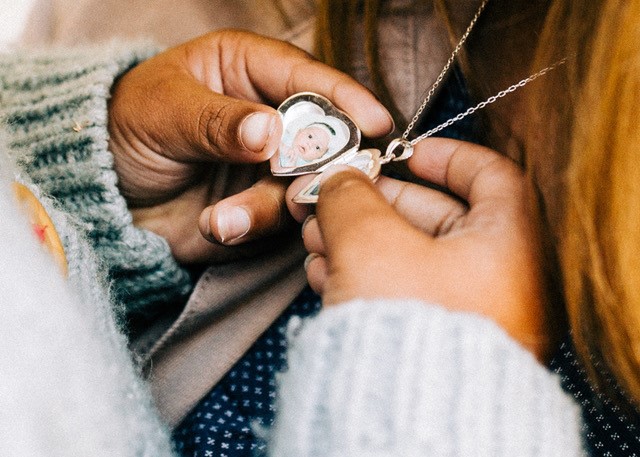
Adoptee’s Experience Comes First
The adoptee’s experience should be the most important one in the triad. (The ‘triad’ is the group of people that includes the adoptee, the
Open-adoption
Open-adoption is almost always a good idea. The definition of open adoption differs from family to family and can range from letters shared through an intermediary to spending holidays together. For our family it means visiting Anna’s first-family once or twice a year. I want my daughter to have a relationship with her first-family and to be able to direct any questions she has to the ones who have the answers. I want Anna to be able to see where she gets her nose from and know her siblings. I want 30-year-old Anna to know I did all that I could to allow her access to her whole story… and her story started 9 months before I was in her life. Sure, she was placed in my arms two hours after birth but she has a story that includes a whole other family and I have the luxury of offering a connection between them.
I have friends who have adopted internationally and have tried to locate their children’s’ first families. It doesn’t look likely. If they had the opportunity to offer this connection to their children, they’d make sure to take it. I don’t take the opportunity I have to foster these relationships lightly.
Transracial Adoption
If adopting transracially, do your work. {Transracial adoption is the term used to refer to adoptions in which the parents and adopted child are of different ethnicities.} It is imperative that you do whatever is in your power to allow your child to remain connected to his culture of origin.
There are adoptee community groups that serve international adoptees. If you adopt a child domestically but of an ethnicity different from yours, please do your work.
Join a Be the Bridge* group and start to examine your own long-held beliefs on race. Because of America’s ugly history, the topic is one that many people shy away from. All Americans should do this work, really, but those adopting transracially owe it to their child to work on this with deep intentionality. When we were asked how we would manage
“Our children of color need us to be “color-brave, color-caring, color-honoring… not color blind*.” Two of my favorite online mentors on this topic are experts on the matter as they are transracial adoptees themselves: April Dinwoody and Angela Tucker.
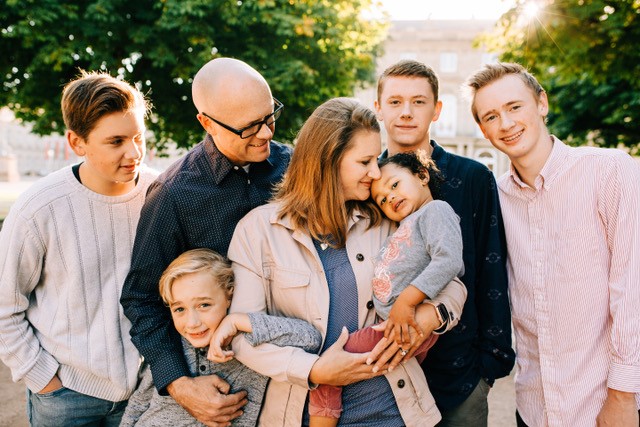
Adoption Isn’t Just About Building a Family
So, while I can’t give you great advice on how to start the adoption process, these four tips are going to be instrumental in your journey. Have you really considered that adoption is not just a way to build a family but is the result of a loss or, at the very least, the separation of a child from her first-family? Have you committed to hearing from adult adoptees who have expertise at being an adopted person and could help you make really good decisions for your child? Have you considered open adoption and what kind of effort that will take on your part? It’s almost always a good idea for the child and the child’s needs are paramount in the triad. And finally, have you considered what life would be like in your home/church/neighborhood/extended family for a child of a different ethnicity? If you aren’t committed to doing a lot of work on YOU, then it would be a good idea to adopt within your own ethnicity.
Be the Bridge has recognized a need to offer white adoptive parents of children of color a clear and simplified catalogue of information. We encourage those who are beginning their transracial adoptive journey or parents who have already transracially adopted to engage with this information and connect with others on similar journeys.
-Latasha Morrison, Be the Bridge
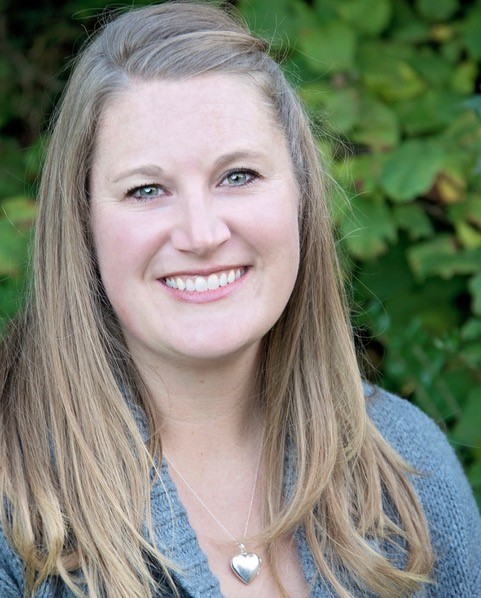
Jennifer Hamrick is married to her high school sweetheart, Matt, a Chaplain in the US Army. They, along with their five kids, currently live in Stuttgart, Germany. Seeing Europe and collecting Polish Pottery are two of Jennifer’s hobbies. While homeschooling takes up most of Jennifer’s time, writing is her favorite pastime and she has an article in the Sonlight homeschool magazine. Her blog is a journal of their family adventures along with lessons they learn along the way and can be found at www.thehamricks.wordpress.com.
Jennifer, thank you for sharing these beautiful and wise words.
Check out one of Jennifer’s blog posts: I Love Our Open Adoption.


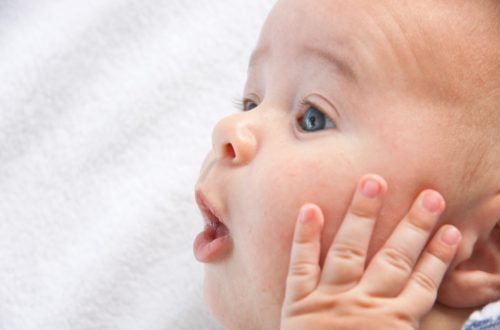
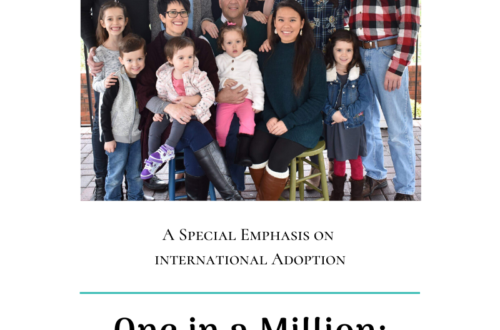
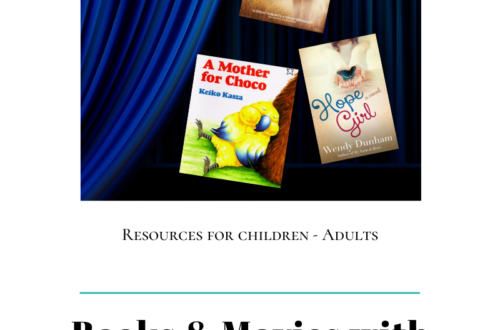
2 Comments
Pingback:
Pingback: